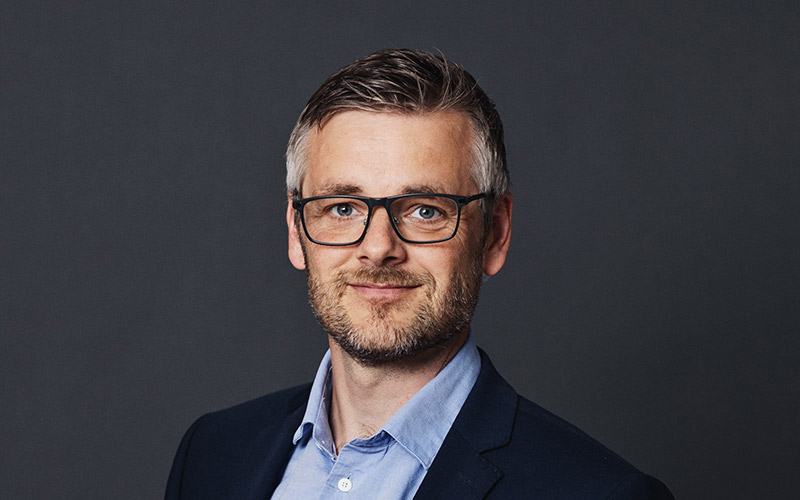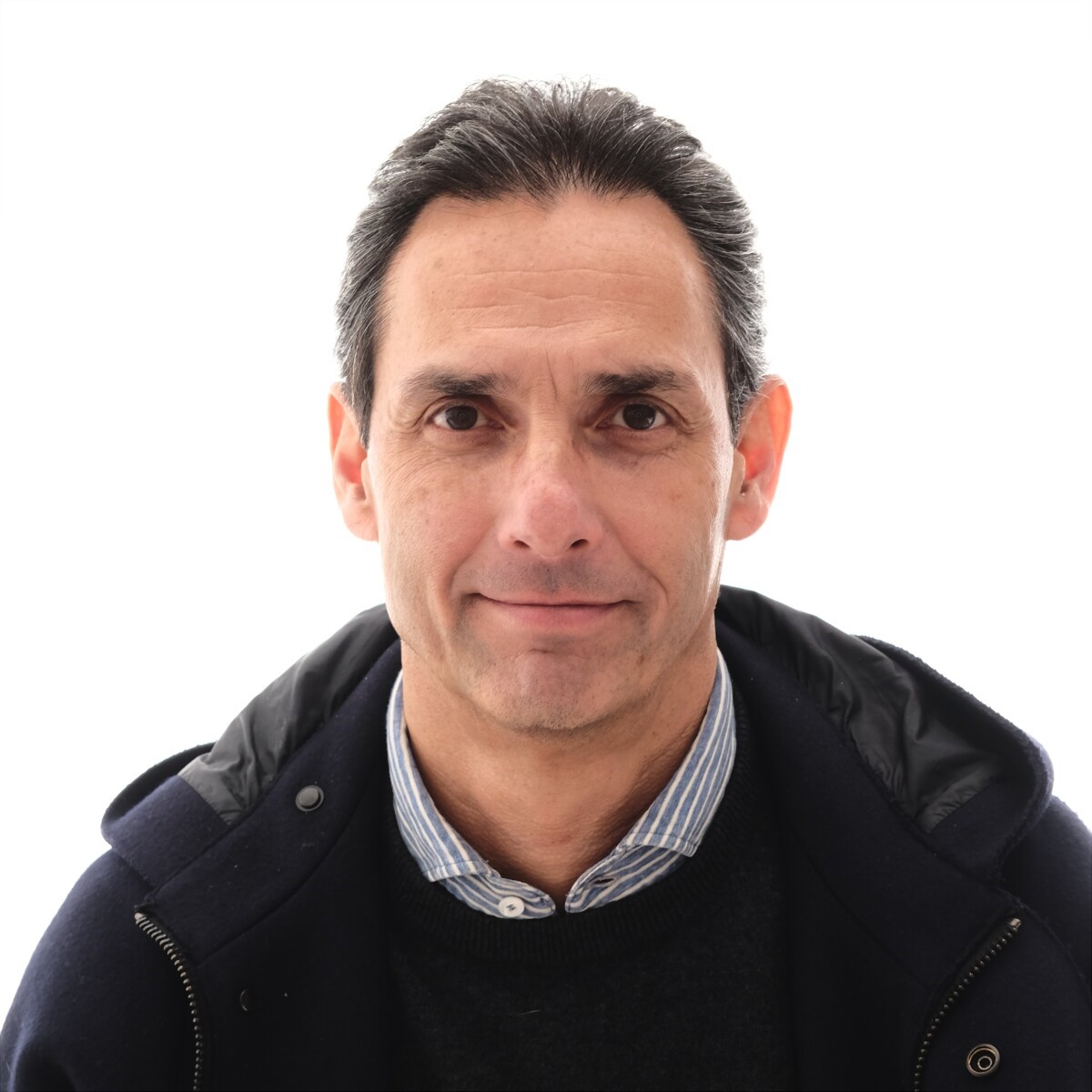To attract investors right from the beginning, it is essential to secure the necessary IP rights, so that both the fundamental idea and the patent’s later position on the market may benefit from the protection thereof. A case in point is Blue Cell Therapeutics: With the help of Plougmann Vingtoft, the company has timely applied for a patent on its stem cell-based method of giving back potency to men who have become impotent due to prostate cancer surgery.
There is not much room for vain endeavors in the biotech industry. Not when it comes to a product that does not have the desired end effect, or when it comes to the neglectful procuring of IP rights. The latter may result in an otherwise good idea with commercial potential to end up not having the proper protection, but both scenarios equal scientific and financial defeat for scientists and investors alike. This is why intellectual property rights, especially patent rights, are such an important part of a biotech company’s business strategy.
You need investors, and they want some sort of guarantee that the knowledge behind the product is tied up in the company
Jakob Lohmann
Both to attract investors from the very beginning as well as along the way to finance the day-to-day operation and clinical trials, but also to secure an exclusive right to the final product in a market where competitors jump at the ready to copy your product, if it does not enjoy the proper protection.
Investments must be protected

”It takes a lot of years to develop a product in the field of biotechnology. This means that you need investors, and they want some sort of guarantee that the knowledge behind the product is tied up in the company. A patent application, where you protect your IP rights and bind them to the company, may therefore be deemed the alpha and omega, when it comes to raisings investments. Biotech products are easily 5 to 10 years in the making, and partners, who seek to invest long-term, naturally wish to protect their investment by making sure that the product in development doesn’t get copied by others,” explains Jakob Lohmann patent attorney at Plougmann Vingtoft.
Jakob has a master’s degree in molecular biology and a PhD in medicine, he has subsequently qualified as a European Patent Attorney, which is a pan-European degree within the field of patent law.
Impotence caused by prostate cancer
Plougmann Vingtoft provides IP services to many Danish universities and university hospitals – among others the University of Southern Denmark and Odense University Hospital.
It was at the University of Southern Denmark that MD and clinical professor Søren Sheikh discovered a new type of stem cell treatment five years ago. A stem cell treatment that was able to give men suffering from impotence their potency back by using stem cells extracted from the fatty tissue of the patient’s own stomach.
By virtue of the patent that he and the University of Southern Denmark has applied for with the help of Jakob Lohmann and Plougmann Vingtoft, Søren founded the spin-out company Blue Cell Therapeutics. The company resides at the BioInnovation Institute, BII, in Copenhagen, and is focusing on a treatment for men who have become impotent due to prostate cancer surgery.
The patent provides a sense of calm and security, not only to the investors, but also to myself after taking a leave of absence from the hospital world
Søren Sheikh

Prostate cancer is the most common form of cancer in men, and the standard treatment – removal of the prostate – is highly effective. Unfortunately, it renders many men impotent as a consequence, and Viagra® and the like are only effective for some of the patients. By clinical trials Blue Cell Therapeutics’ stem cell method has restored potency to 60% of the men who had been impotent for more than a year.
”While working at OUH I was granted access to the stem cell center, in which the method was discovered, but if I wanted to see a new therapy all the way to the patients, it was not enough to be a doctor in the public sector. I needed private investors, and to attract those, the method, I had discovered, had to be protected,” says Søren Sheikh
Patenting the method
The total of 12 cell types in the extract used in the invention were already known. However, Søren discovered that one of the cell types – the blue cells – was directly proportional to the effect. The more of the blue cell types that were present, the better the effect of the stem cell treatment. And that became the essence of the patent application that has helped Blue Cell Therapeutics raise private funds.
Søren Sheikh founded Blue Cell Therapeutics, which has been granted a license to the patent right from the University of Southern Denmark. The university is just one of the investors along with Odense University Hospital and Novozymes. Blue Cell Therapeutics is furthermore supported by Eurostars.
”The patent provides a sense of calm and security, not only to the investors, but also to myself after taking a leave of absence from the hospital world,” says Søren Sheikh.
Novelty and inventive step
Several criteria must be fulfilled in order to be granted a patent on a scientific idea. The invention must present both novelty and inventive step. This means that the invention must reflect either a methodical or technical innovative approach and differ significantly from prior art. Finally, the invention must have industrial applicability.
”In general, we always begin by evaluating whether an invention is patentable, and whether it is commercially relevant to file a patent application to secure the rights. This is not only to create a foundation for investments, securing a patent right timely also protects jobs in the biotech industry,” explains Jakob Lohmann from Plougmann Vingtoft.
According to Jakob Lohmann it can easily take five years from filing the patent application to actually being granted a patent in the EU. However, a patent application does not become published until 18 months after filing, which means there is still a period of secrecy, where the company may continue development without the competitors having knowledge about the technology.
Freedom-to-Operate
The biotech company’s invention still enjoys indirect protection during prosecution, especially as publication occurs after 18 months, which makes the patent application visible to the rest of the market. “That’s why it would be risky for competitors to start development or production of a similar product, if they know that a patent right to the technology already exists. However, it’s not unusual for one company to be granted a patent to a specific technology, and then for another company to develop an alternative solution to the same problem.”
It shouldn’t be controversial to do, what I have done, but it still is in many places, even though it benefits society in the form of medical treatments, jobs, and profit for the country.
Søren Sheikh
”When a biotech company has progressed in its development and has a more concrete idea as to how the end product will be, then we can perform a so-called Freedom-to-Operate analysis, which helps assess whether the company is allowed to put the final product on the market. Because even if you have your own patent right, competitors may still have other patents that can interfere with your business. This is also important knowledge for investors. The analysis combined with the original patent helps minimize investment risks,” says Jakob Lohmann.
IPR should be on the agenda
The subject of IP rights is not on the university syllabus for medical students and biochemists. This is something they need to research for themselves.
”This is not something we focus enough on in Denmark,” believes Søren Sheikh.
“We are schooled to publish and acquire new knowledge. We forget that if research is to become a therapy in reality, then it needs to reach the stage of final clinical trials and production. There is no public funding for this. It shouldn’t be controversial to do, what I have done, but it still is in many places, even though it benefits society in the form of medical treatments, jobs, and profit for the country. And this is not doable without patent protection. There are undoubtedly competitors that would present a problem for Blue Cell Therapeutics, if we had not protected our method properly with the help from Plougmann Vingtoft.”
This article was originally published in Indblik+ (Danish) for Dansk Biotek.